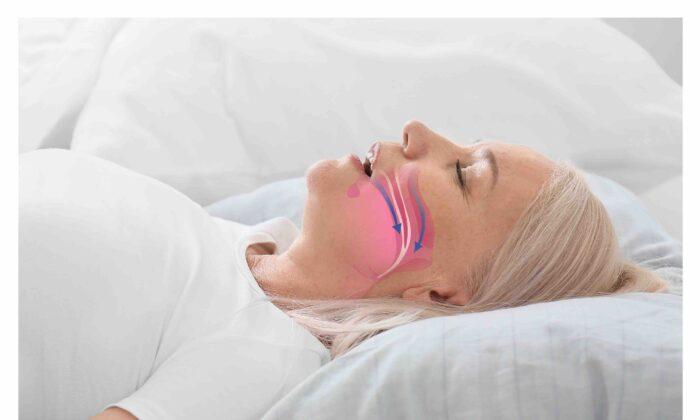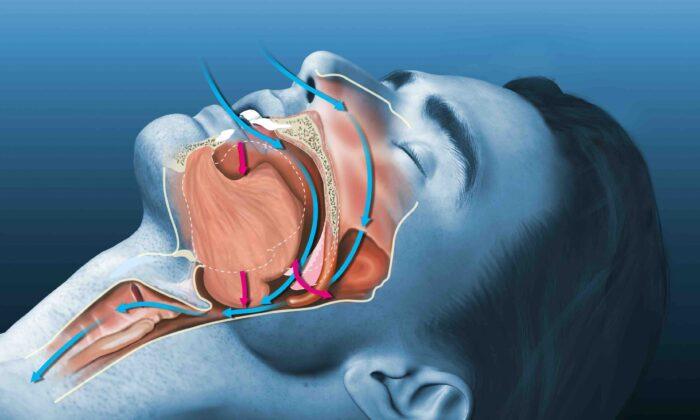Modern-day dental implants were developed in 1952 by a Swedish orthopedic surgeon, Professor Per-Ingvar Brånemark. He found that titanium could be integrated into living bone with a very high degree of predictability and did not seem to suffer long-term soft tissue inflammation or ultimate rejection. He discovered at his laboratory in Sweden that titanium integrates with bone, and he called the process “osseointegration.” This revolutionized the realm of implant dentistry.
In 1965, dental implant technology took a significant step forward. The first practical application of osseointegration was performed when titanium fixtures were successfully implanted by Brånemark for an edentulous patient.
Subsequently, Brånemark held more than 30 honorary positions throughout Europe and North America and received many awards. Now 3,000,000 implants are placed in the United States each year.
So what are implants?
Dental implant systems consist of a spirally-grooved inserted section or body, and a dental implant abutment. The spiral dental implant screw is surgically inserted into the jawbone to replace the root of a tooth. The dental implant abutment is usually attached to the implant body by the abutment fixation screw and extends through the gums into the mouth to support the attached artificial teeth.
The primary function of dental implants is for teeth replacement, but there are areas in which implants can assist in other dental procedures. Due to their stability, dental implants can be used to support a removable denture and provide a more secure and comfortable fit for these dentures, especially in areas of bone loss. In addition, dental mini-implants can act as temporary anchorage devices to help move teeth to a desired position during orthodontics procedures. These mini-implants are small and are temporarily fixed to bone while assisting in anchorage for teeth movement.
All of these implants are “endosteal,” which refers to an implant “in the jawbone.”
Thus, for instance, if a front tooth is lost in an accident, it can be directly replaced without the need for a bridge. A bridge requires preparing the two adjacent teeth sufficiently so that a crown form can be fitted over the preparation. Then the lost tooth and the existing neighbors are joined together to provide a fixed replacement without the need for a denture. However, implants need time to join to the bone, typically four to six months, and so a temporary plastic denture will normally need to be made to provide an aesthetic temporary replacement—often referred to as a “flipper.”
For patients who have lost all their teeth due to decay or gum disease in the upper and/or lower arch, an option that provides a very stable and comfortable prosthesis using a minimal number of implants—called the “all-on-four” technique—can be employed. So just four strategically placed implants in either the upper or lower arches are used to stabilize the dentures—two on the left and two on the right in each jaw. Then a denture prosthesis can be screwed into place, achieving long-term comfort stability. Although this is a permanent restoration, the overdenture can be removed for cleaning and dental exams. Such options can really make a major difference in a person’s quality of life.
“All-on-six” systems are also employed. For the lower jaw, only two implants are often enough to stabilize a full lower acrylic removable denture where bone loss has occurred.
At the exam and planning stage, the dental surgeon will visually examine the site in the mouth where a dental implant is being considered. X-rays, panoramic films, and/or CT scans are essential. These days, CBCT scans are considered the definitive protocol as three-dimensional views are possible. The quality and quantity of the jawbone is assessed to determine if more bone is needed at the site, as the X-ray that was taken may reveal an area of very thin bone or some pathology in the area.
Bone grafts are particularly necessary when teeth have been missing for a long time and/or because of wearing dentures. The overlying gum needs to be opened to enable the insertion of the artificial bone and then sutured up to enable healing and augmentation to occur, or indeed to provide a sufficient “height” of bone to be able to accept the desired implant.
This is commonly the case for implants in the posterior region of the upper jaw (maxilla) where the available amount of bone may be limited by the presence of the maxillary sinus (the air-filled spaces underneath the roots). A “sinus lift” is performed to raise the sinus floor and graft more bone into the sinus. This will make more bone available to support a dental implant.
Implant surgery has progressed to enable “long” implants to be inserted into the zygoma (cheekbone) when the upper jawbone is unsuitable for direct placement and a sinus lift is not possible.
Using computed tomography or CAD/CAM imaging, as we have mentioned previously, will facilitate the fabrication of a “surgical guide” either in a laboratory or with 3-D printers in the dental office. This is a plastic/metal guide that will fit exactly over the area to be implanted and the surrounding areas to ensure a precise angulation of the dental bur that will make the incision.
If the damaged/infected tooth is still present, this tooth can now be extracted, followed by the implant placement procedure at the same appointment, which is called “immediate placement” of the titanium post. A “healing cap” is placed over the implant, and the gum is stitched up to enable the healing phase to begin. During this healing phase, a temporary denture can be made to replace missing teeth for esthetic purposes, but it is important to avoid placing any force or stress on the dental implant as it heals.
Although the implant is immediate, one still does not have the crown to fit over the top of it, or the final denture to achieve the aesthetic replacement desired. Osseointegration must first take place as otherwise you would be “wiggling” the implant in the bone while eating and, like a loose tooth, it would eventually fall out.
After the required healing period, the dental implant is tested to determine whether it actually adheres to the surrounding bone. There are now instruments that give a reading determining the strength of the attachment. Once the osseointegration has been confirmed, a prosthetic component called an “abutment” is connected to the dental implant via a screw. This serves to hold the replacement tooth or “crown.”
The dentist can then take an impression of this abutment in the mouth either with paste or an intraoral scanner and have the implant crown custom-made to fit. The implant crown is either cemented on or secured with a screw to the abutment, with the latter being the procedure of choice as any excess cement below the gumline will cause gum problems.
Natural teeth and implants both have a connective tissue attachment with gingival tissue at the top (supracrestal) surface, but the attachment arrangement differs. With natural teeth, the gingival fibers run perpendicular to the long axis of the tooth, attaching to the tooth’s surface—and thus natural teeth have a physical barrier to bacterial invasion. However, with implants, the fibers run parallel to the implant’s long axis and do not attach or are embedded in the surface of the implant. So, the connective tissue adhesion with implants has poor mechanical resistance compared with natural teeth, allowing the apical progression of bacteria with the potential for a more rapid spread of inflammation. Implants lack a periodontal ligament and its rich blood supply.
The periodontal ligament of a natural tooth acts as a suspension system which transfers occlusal loads to the surrounding bone—allowing micro-movement, which limits overloading. One can feel if one’s biting force is too great. Implants do not have a periodontal ligament and so occlusal loads are directly transferred to the bone, and mechanical failures are possible.
Because we are talking about surgery, one’s overall health is an important factor in determining whether you are a good candidate for dental implants, how long they will take to heal, and indeed, how long the implants may stay in place.
Smoking can definitely affect the healing process and decrease the long-term success of the implant.
Most dental implant systems are made of titanium; but more recently zirconia, which we described previously for making strong dental crowns, is being advocated as a more biocompatible material.
Implants, as with most artificial systems in the mouth, are not guaranteed for life. Regularly cleaning the implant and surrounding teeth is very important for long-term success of the implant, and this was often lacking with a person’s natural teeth.
Wax-free floss, interdental cleaning brushes and water flossers, as well as electric toothbrushes, are recommended. Hydrogen peroxide application can also be beneficial when inflammation is present.
If one takes care of the implant and the tissues surrounding it, the implant (or groups of them) will restore the ability to chew as well as one’s cosmetic appearance. Implants aid in preventing bone shrinking after extraction and generally preserve the health of the surrounding bone and gums, while also helping keep adjacent teeth stable and preventing over-eruption of the opposing tooth.
For natural teeth, gingivitis (inflammation of the gums) can progress to the more damaging periodontitis. For implants, peri-implantitis with bone loss will be preceded by peri-implant mucositis.
Those whose healing ability has been compromised by heart disease, periodontal disease, or autoimmune diseases (like rheumatoid arthritis or diabetes) may not be good candidates for implants. Patients undergoing radiation therapy to the head and neck, and those taking heartburn and antidepressant medications, are also at risk. Heartburn medication can impede osseointegration by decreasing your bone’s ability to absorb calcium, and antidepressants impact your bone healing. They can even contribute to the development of osteoporosis.
Implants, although rather expensive, are definitely a second-chance opportunity to replace missing teeth, but they require the same amount, or more, care than natural teeth to continue to do so.
Practice excellent oral hygiene. Just as with your natural teeth, keep implants, artificial teeth, and gum tissue clean. Specially designed brushes, such as an interdental brush that slides between teeth, can help clean the nooks and crannies around teeth, gums, and metal posts.





